

What’s what in the world of FreeRide

Also known as: air bag avi pack avi bag avalanche pack

Also known as: power bank power bar
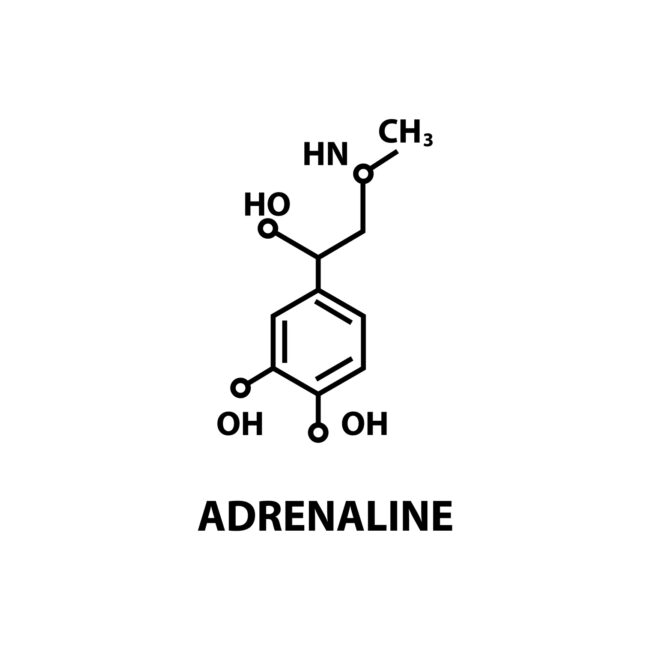

Also known as: avi pack avi bag avalanche pack abs bag





Also known as: at binding ski touring binding touring binding

Also known as: at boot ski touring boot



Also known as: ski touring binding touring binding alpine touring binding

Also known as: ski touring boot alpine touring boot



Also known as: avalanche bulletin ava report avi bulletin avi report avalanche report

Also known as: avalanche bulletin ava bulletin avi bulletin avi report avalanche report


Also known as: beacon avalanche transceiver transponder transceiver
Also known as: avalanche transceiver park

Also known as: ava bulletin ava report avi bulletin avi report avalanche report



Also known as: probe snow probe

Also known as: avalanche bulletin ava bulletin ava report avi bulletin avi report

Also known as: avi shovel rescue shovel shovel snow shovel
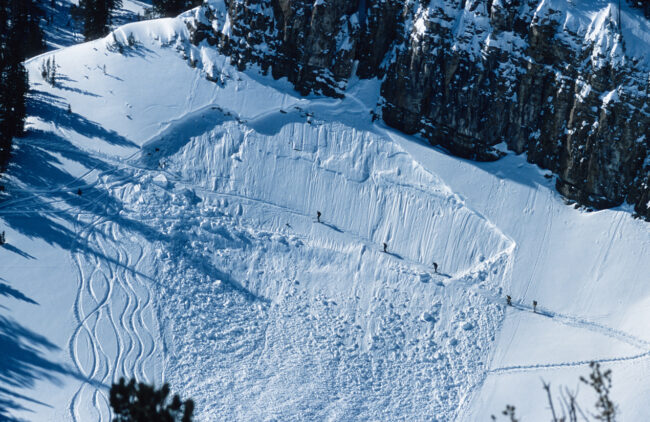

Also known as: beacon avalanche beacon transponder transceiver
Also known as: avalanche beacon park

Also known as: avalanche pack abs bag air bag avi pack

Also known as: avalanche bulletin ava bulletin ava report avi report avalanche report
Also known as: avi bag avalanche pack abs bag air bag

Also known as: avalanche bulletin ava bulletin ava report avi bulletin avalanche report

Also known as: rescue shovel shovel snow shovel avalanche snow shovel
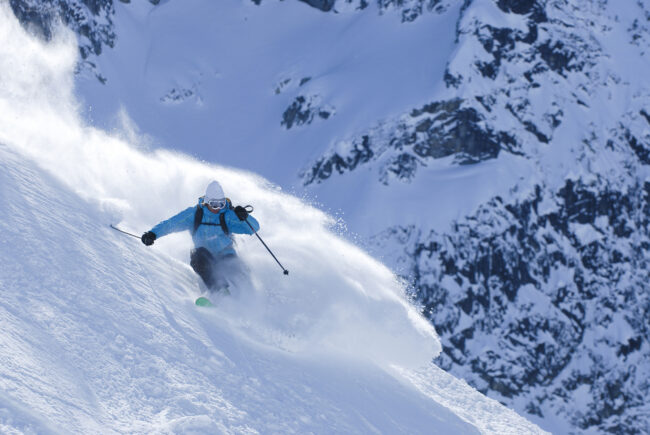
Also known as: off-piste hors piste backcountry uncontrolled mountain un-patrolled terrain freeride terrain

Also known as: off-piste hors piste back side uncontrolled mountain un-patrolled terrain authentic mountain freeride terrain


Also known as: safe travel safe travel practices safe travel techniques
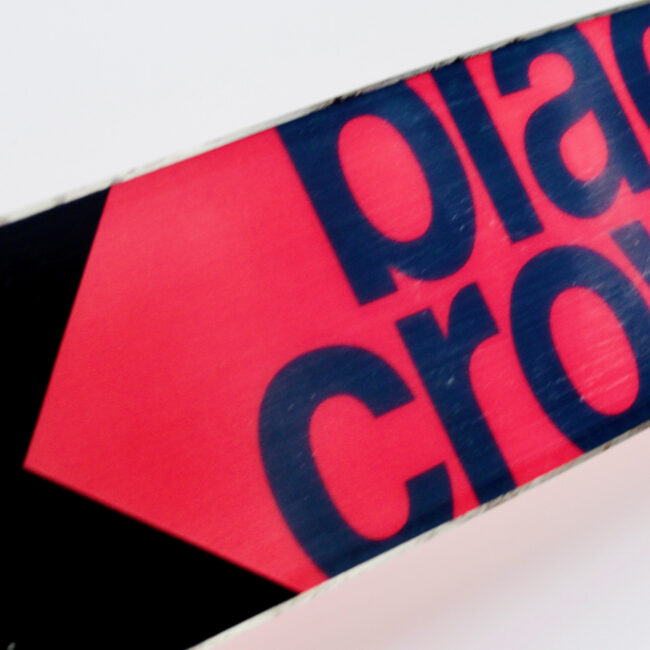

Also known as: base layer

Also known as: avalanche transceiver avalanche beacon transponder transceiver
Also known as: transceiver signal

Also known as: kandahar binding cable binding
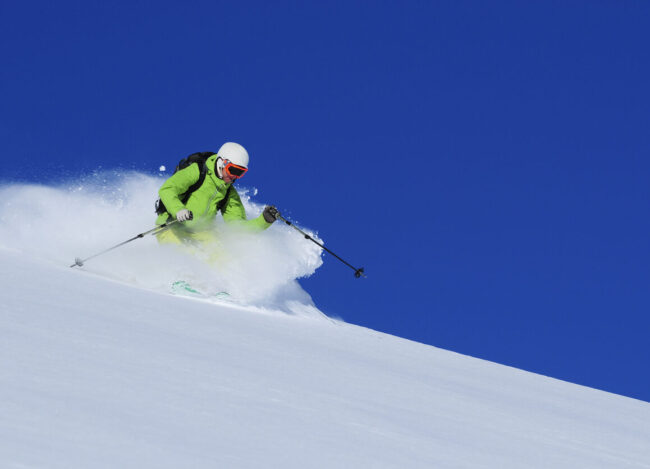



Also known as: boot pack bootpack boot packing booting

Also known as: boot pack bootpack booter boot packing

Also known as: boot-pack booter boot packing booting

Also known as: Marker Piste Marker
Also known as: fine search
Also known as: pivot turn zero speed turn

Also known as: bungee cord bungee strap bungy

Also known as: bungee bungee strap bungy

Also known as: bungee bungee strap bungy

Also known as: bungee bungee strap bungee cord

Also known as: drag drag lift button lift t-bar tow


Also known as: bear-trap binding kandahar binding


Also known as: skin saver

Also known as: grooming piste bashing

Also known as: no fall line
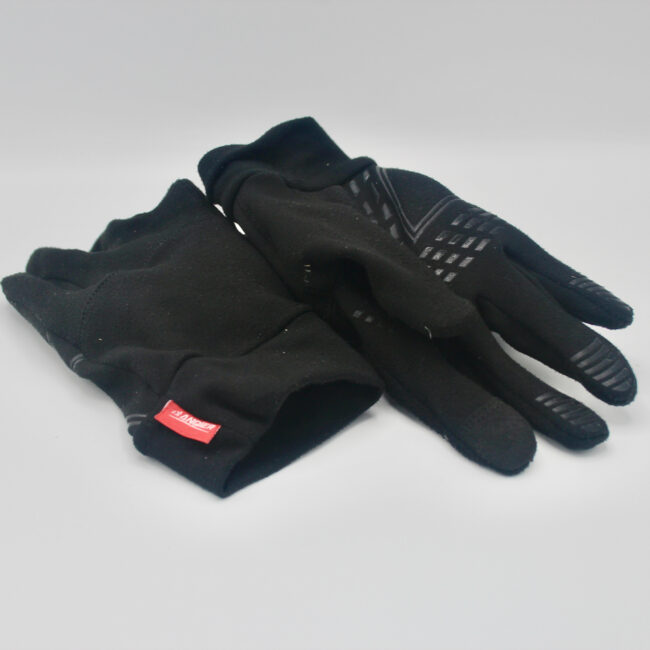
Also known as: skinning gloves thin gloves touring gloves

Also known as: touring skis cross country skis
Also known as: touring skis cross country skiing
Also known as: facets faceted snow sugar snow kinetic snow



Also known as: drag lift button button lift t-bar tow

Also known as: drag button button lift t-bar tow

Also known as: pin binding tech binding


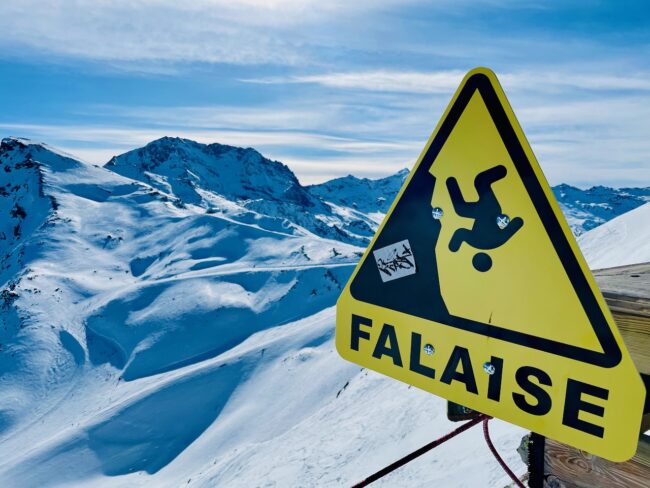
Also known as: mountain exposure
Also known as: faceshot
Also known as: facets sugar snow depth hoar kinetic snow
Also known as: bracketing




Also known as: flex rating

Also known as: flex


Also known as: new school skiing freestyle skiing jibbing freeskiing slopestyle
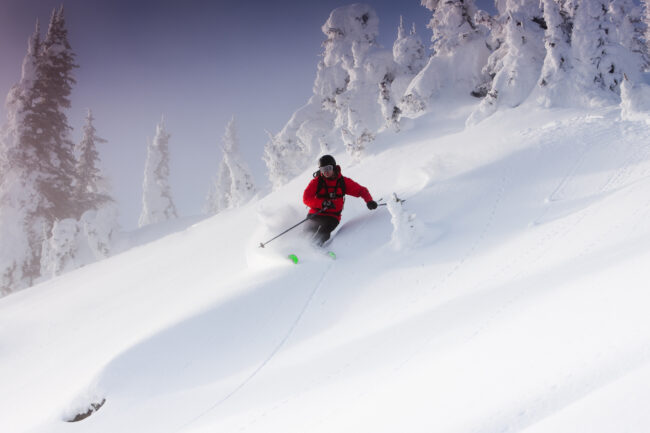
Also known as: freeriding
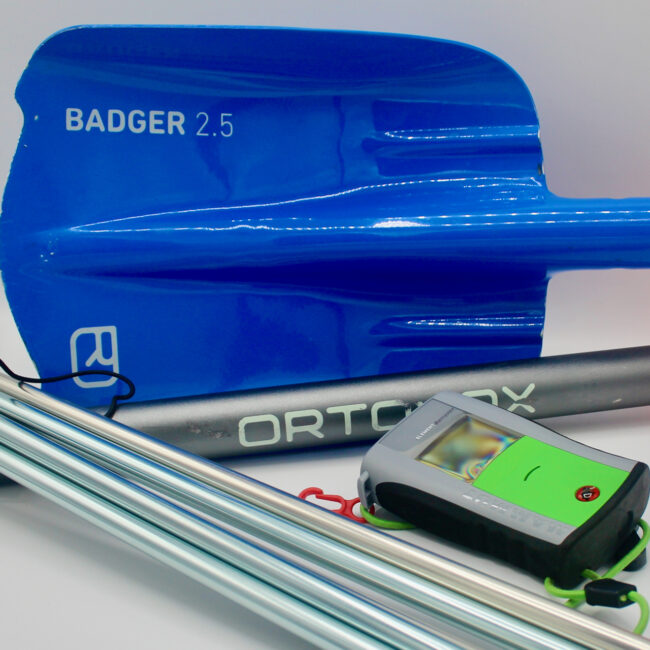

Also known as: off-piste backcountry uncontrolled mountain un-patrolled mountain back side

Also known as: freeride
Also known as: free-skiing new school skiing freestyle skiing jibbing slopestyle
Also known as: freestyle skiing
Also known as: freestyle

Also known as: freshies fresh-line

Also known as: fresh tracks

Also known as: fresh lines

Also known as: fresh line freshies

Also known as: fresh-line fresh line

Also known as: In-bounds off-piste

Also known as: gaffer tape

Also known as: gaffer
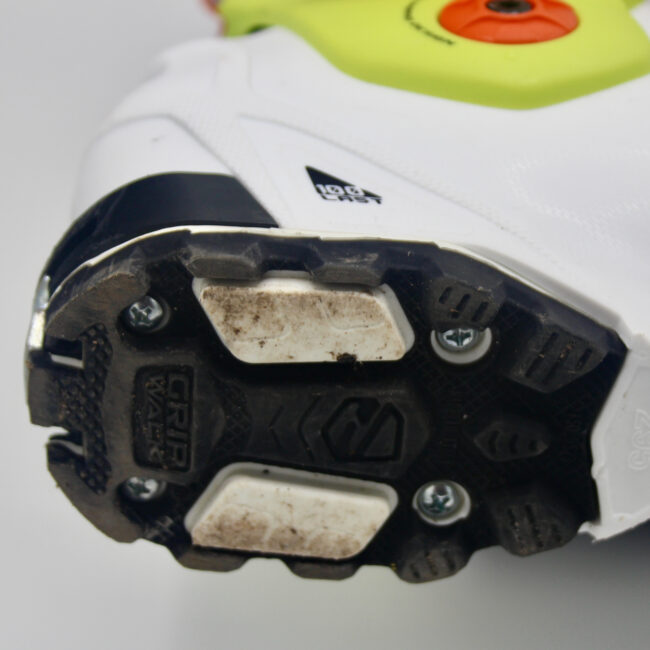
Also known as: traction sole vibram sole


Also known as: piste bashing compaction
Also known as: mountain guide
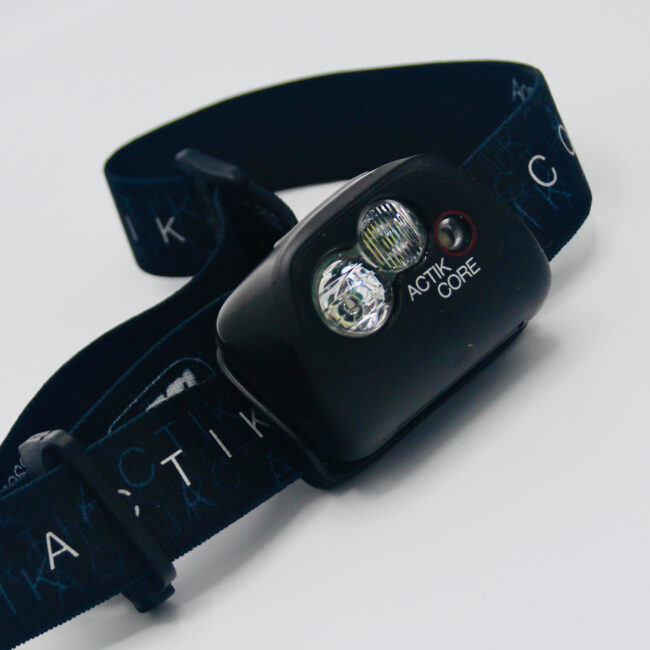
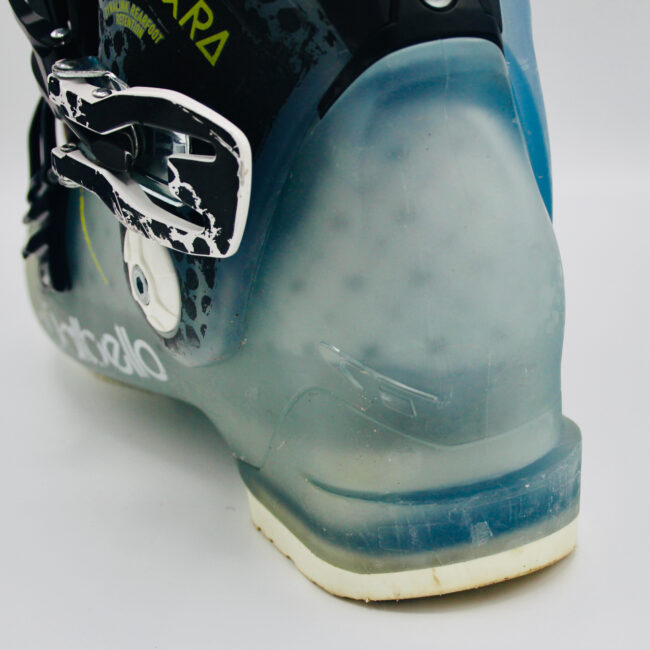

Also known as: walk mode

Also known as: off-piste backcountry back side uncontrolled mountain un-patrolled terrain



Also known as: In-bounds
Also known as: safe zone safe haven
Also known as: free-skiing new school skiing freestyle skiing freeskiing slopestyle

Also known as: cable binding bear-trap binding
Also known as: facets faceted snow sugar snow depth hoar

Also known as: Boundary Marker Piste Marker

Also known as: first aid kit med pack

Also known as: first aid kit med kit

Also known as: snow-mobile sled ski-doo

Also known as: exposure
Also known as: guide
Also known as: consequential terrain

Also known as: hors piste backcountry back side uncontrolled mountain un-patrolled terrain freeride terrain

Also known as: tech binding dynafit binding


Also known as: compaction grooming

Also known as: Marker Boundary Marker
Also known as: zero speed turn pivot turn

Also known as: skis
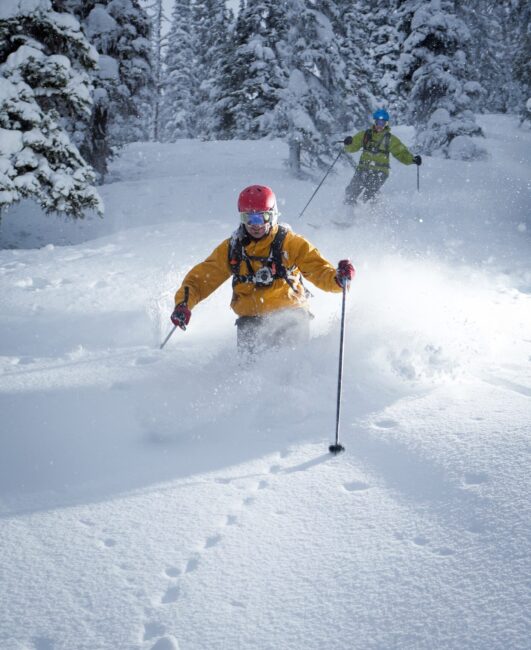
Also known as: fresh powder pow powder

Also known as: power bar additional power

Also known as: additional power power bank

Also known as: snow probe avalanche probe
Also known as: rv rendezvous point
Also known as: rendezvous rv

Also known as: shovel snow shovel avalanche snow shovel avi shovel



Also known as: rendezvous point rendezvous
Also known as: island of safety safe zone

Also known as: safe travel practices safe travel techniques backcountry travel techniques

Also known as: safe travel safe travel techniques backcountry travel techniques

Also known as: safe travel safe travel practices backcountry travel techniques
Also known as: safe haven island of safety

Also known as: snow shovel avalanche snow shovel avi shovel rescue shovel

Also known as: sidecountry


Also known as: resort lift

Also known as: touring binding alpine touring binding at binding

Also known as: alpine touring boot at boot

Also known as: motor-sled snow-mobile sled


Also known as: cheat sheet

Also known as: thin gloves touring gloves contact gloves


Also known as: planks

Also known as: ski-doo motor-sled snow-mobile


Also known as: slope orientation

Also known as: slope aspect
Also known as: free-skiing new school skiing freestyle skiing jibbing freeskiing


Also known as: avalanche probe probe

Also known as: avalanche snow shovel avi shovel rescue shovel shovel

Also known as: sled ski-doo motor-sled

Also known as: facets faceted snow depth hoar kinetic snow


Also known as: drag drag lift button lift button tow

Also known as: dynafit binding pin binding


Also known as: skinning gloves touring gloves contact gloves
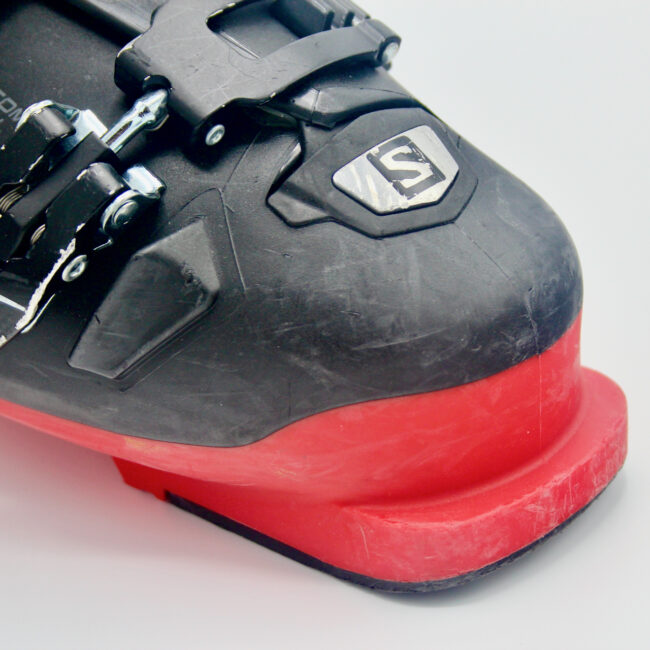

Also known as: alpine touring binding at binding ski touring binding

Also known as: skinning gloves thin gloves contact gloves
Also known as: cross country skiing cross country skis
Also known as: drag drag lift button lift button t-bar

Also known as: vibram sole grip walk sole


Also known as: beacon avalanche transceiver avalanche beacon transponder
Also known as: beacon signal

Also known as: beacon avalanche transceiver avalanche beacon transceiver

Also known as: Transceiver, Shovel & Probe

Also known as: off-piste hors piste backcountry uncontrolled mountain back side

Also known as: off-piste hors piste backcountry un-patrolled terrain back side


Also known as: grip walk sole traction sole

Also known as: hike mode


Also known as: braquage turn zero speed turn
Explore the themes below to find the best home for the content you want to learn about: